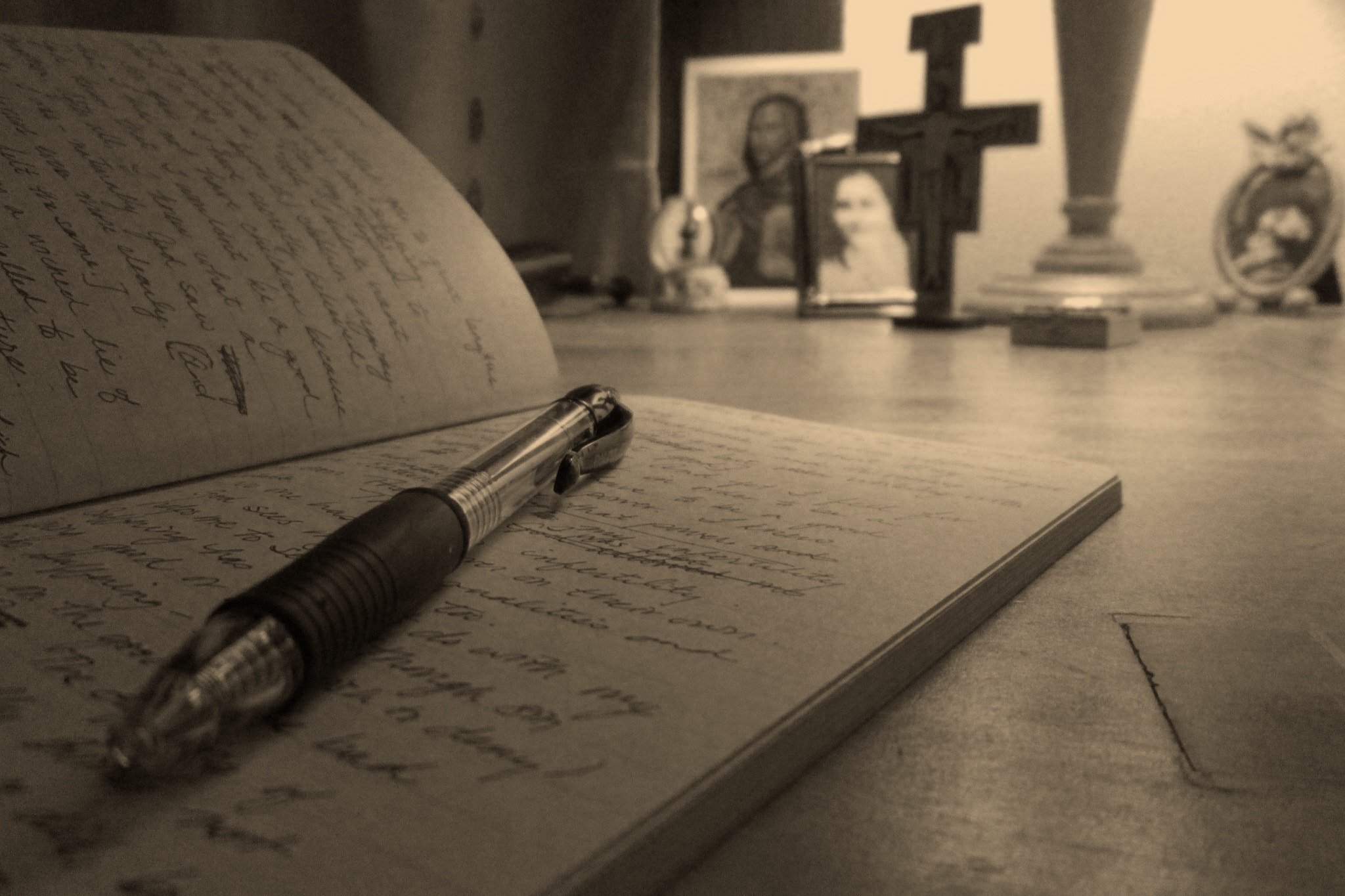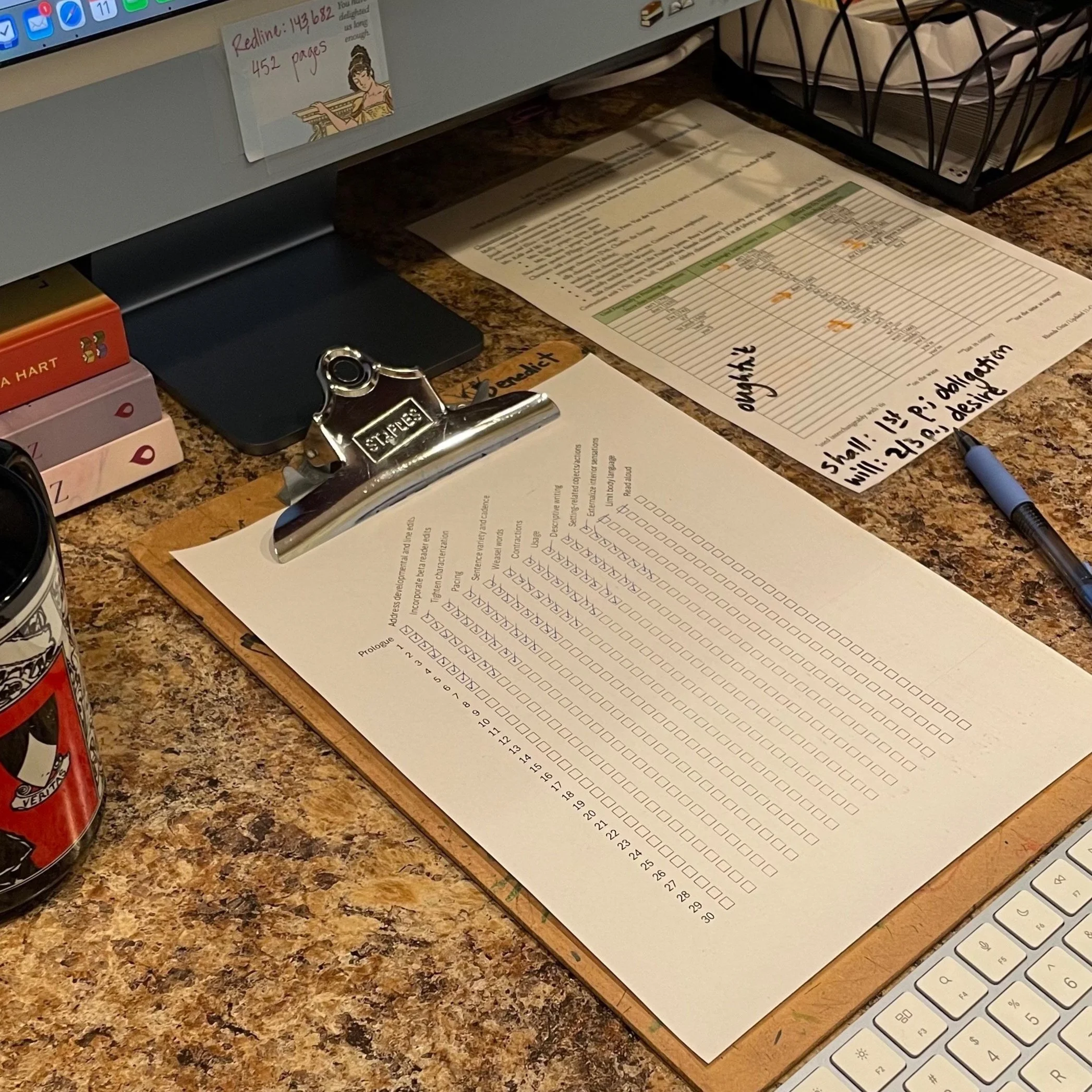
Blog
Ratzinger’s Daughter Zion and the Aims and Morality of Romance Fiction
Why do these two genres—romance and mystery—resonate so deeply? Maybe because they are a response to humanity’s fundamental brokenness, and therefore my own brokenness. We hear echoes of the Garden of Eden in both genres.
